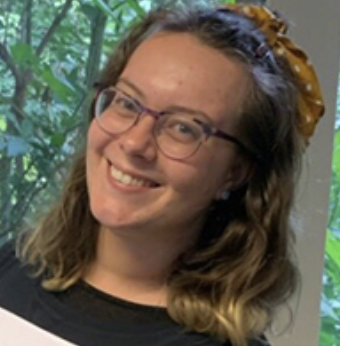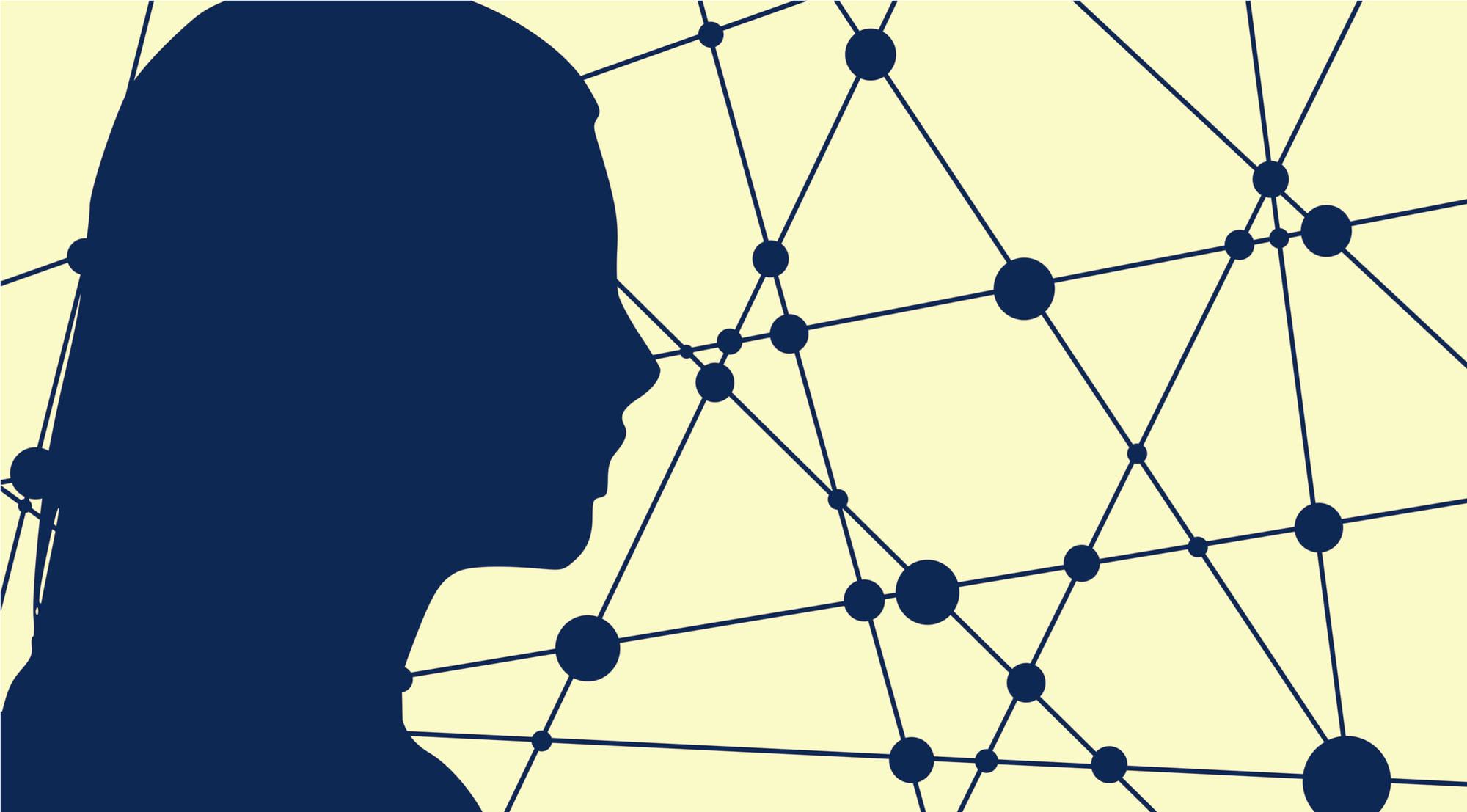Student group registration – I have yet to encounter an SU for which this phrase sparks joy. We decided to try to change that.
Our registration process had become incredibly unwieldy over the years. The team in its current form had started from scratch in developing this process, so it had grown into a monstrosity that tried to solve everyone’s problems, but served virtually no one – especially not our students.
We expected students to provide a huge amount of paperwork, even for low-level-risky activities. We required them to answer pages and pages of questions, many of which were now irrelevant.
And all this before they’d even started doing the fun stuff – the reason they’d decided to register a society.
Kaizen 改善
We decided to borrow a technique from the Japanese manufacturing industry, called Kaizen, to map the process of registration from start to finish, and analyse where we were creating unnecessary steps for both staff and students.
Kai means change or revision, and zen means virtue or goodness. The idea is to create an approach dedicated to continual improvement, so the process-mapping is never complete.
In a Kaizen process map, once you’ve decided on the process you want to analyse, you must first document all the tasks required to complete the process. At this stage, the order doesn’t matter. Make a list of all the activities involved, and who is responsible. We did this on post-it notes on big sheets of flipchart paper.
This was a difficult task and took a while to get into the right headspace – we repeatedly realised we had named a task, but that we’d neglected to mention all the smaller bits that contribute to it.
We decided to bring all of the relevant stakeholders involved in registration into the room, so we could most accurately account for all the steps and be as detailed as possible.
Obviously, this requires a whole-organisation approach to prioritising the importance of process-mapping, as it can take a significant amount of time away from the day-to-day business of the organisation.
Once all activities had been represented on post-it notes, we tried to put them into the right sequence. At this stage, you can draw the process out again to make it clearer, or translate it digitally, to make it easier to share across the staff team.
You can also use symbols (there are around 30 standard symbols in process-mapping) to represent how the process flows – but we didn’t find this necessary.
The process-map was then reviewed by all teams, and we came back together later to interrogate each step of the process. It was only at this stage that we started to ask ourselves why we did things a certain way, and use a more analytical approach.
This is how we identified parts of the process that were “wasteful” or unnecessary, and found solutions to try to improve it – e.g. which steps can be eliminated? Which tasks can be completed more efficiently?
It’s important to remember that we must balance ‘efficiency’ with ‘student experience’ – we need to be able to do things quickly, but this shouldn’t be at the expense of delivering a quality service to students.
Have a cuppa
One great way to start with process-mapping is to analyse how you make a cup of tea. This can prove a more uncomfortable task for a Brit than you might initially expect.
But give it a go – you might discover that putting the milk in first isn’t just disgusting, it’s completely inefficient.


















